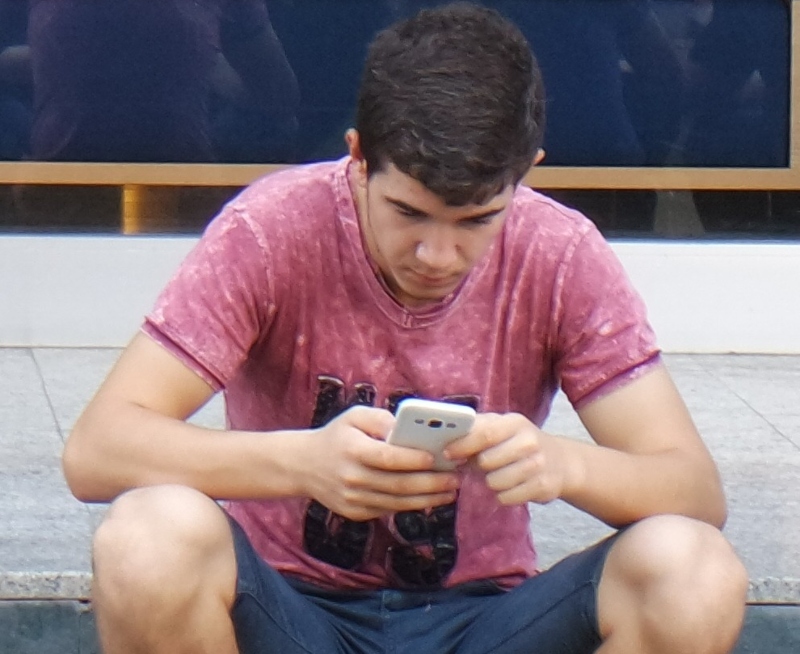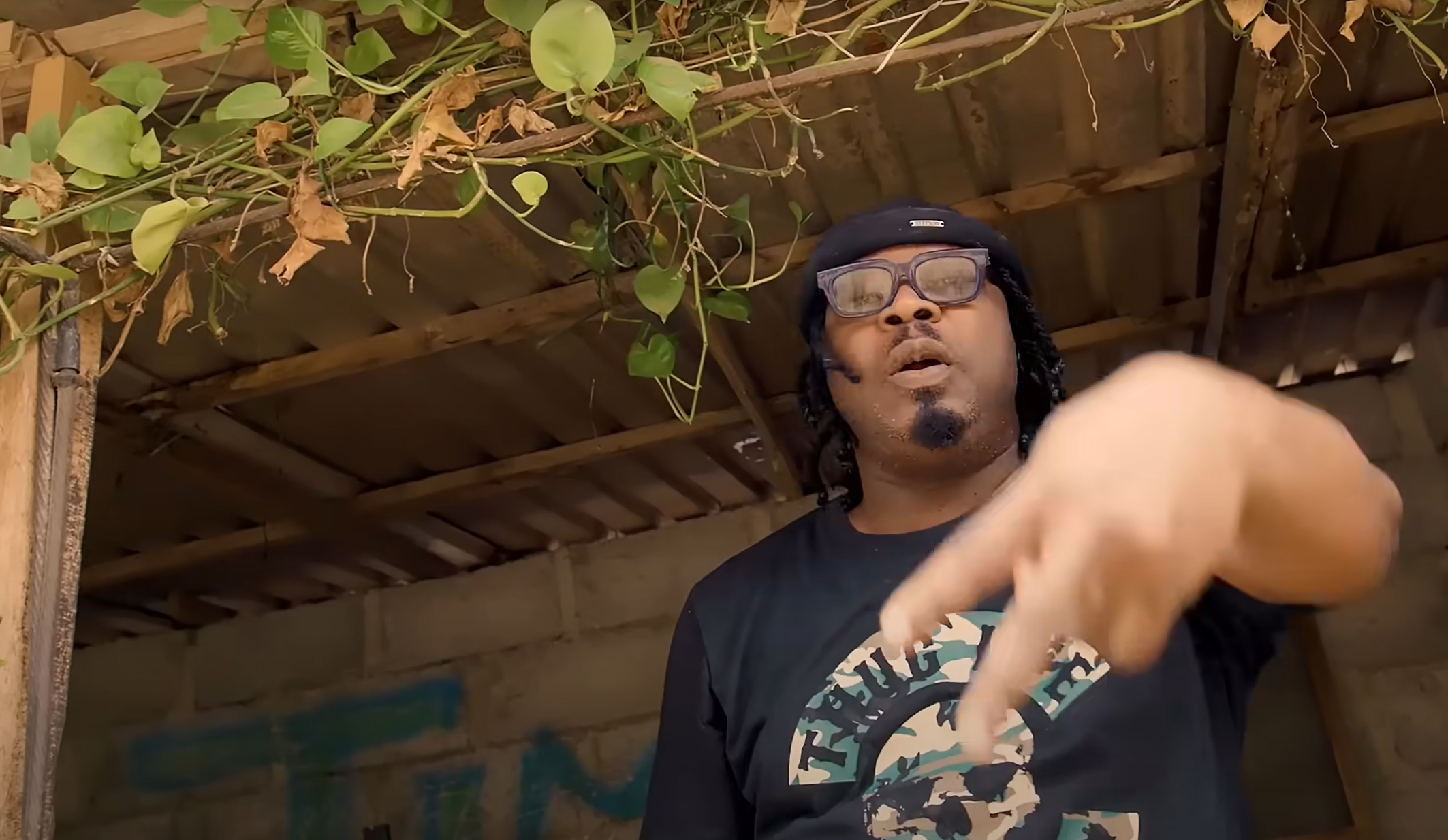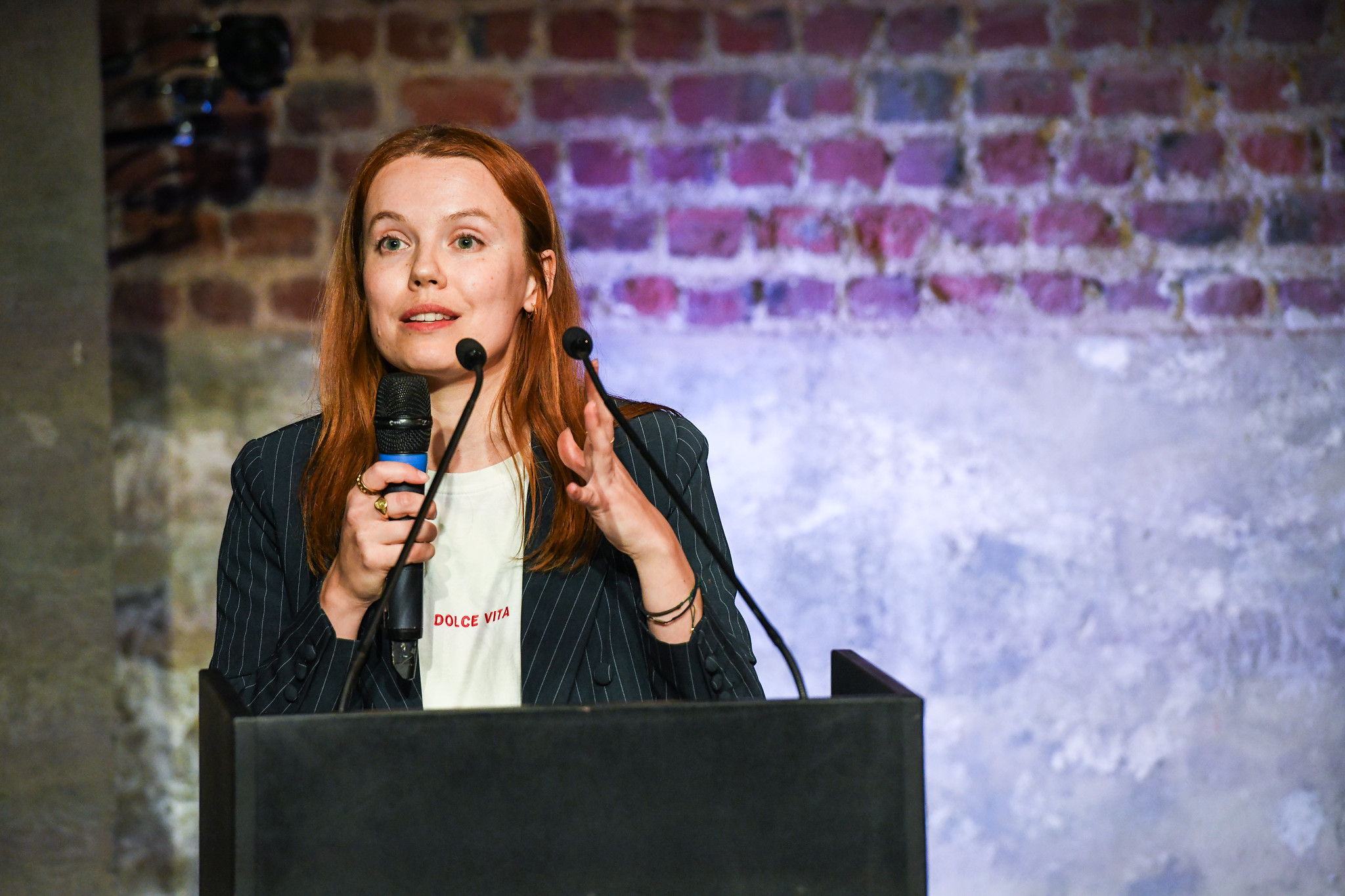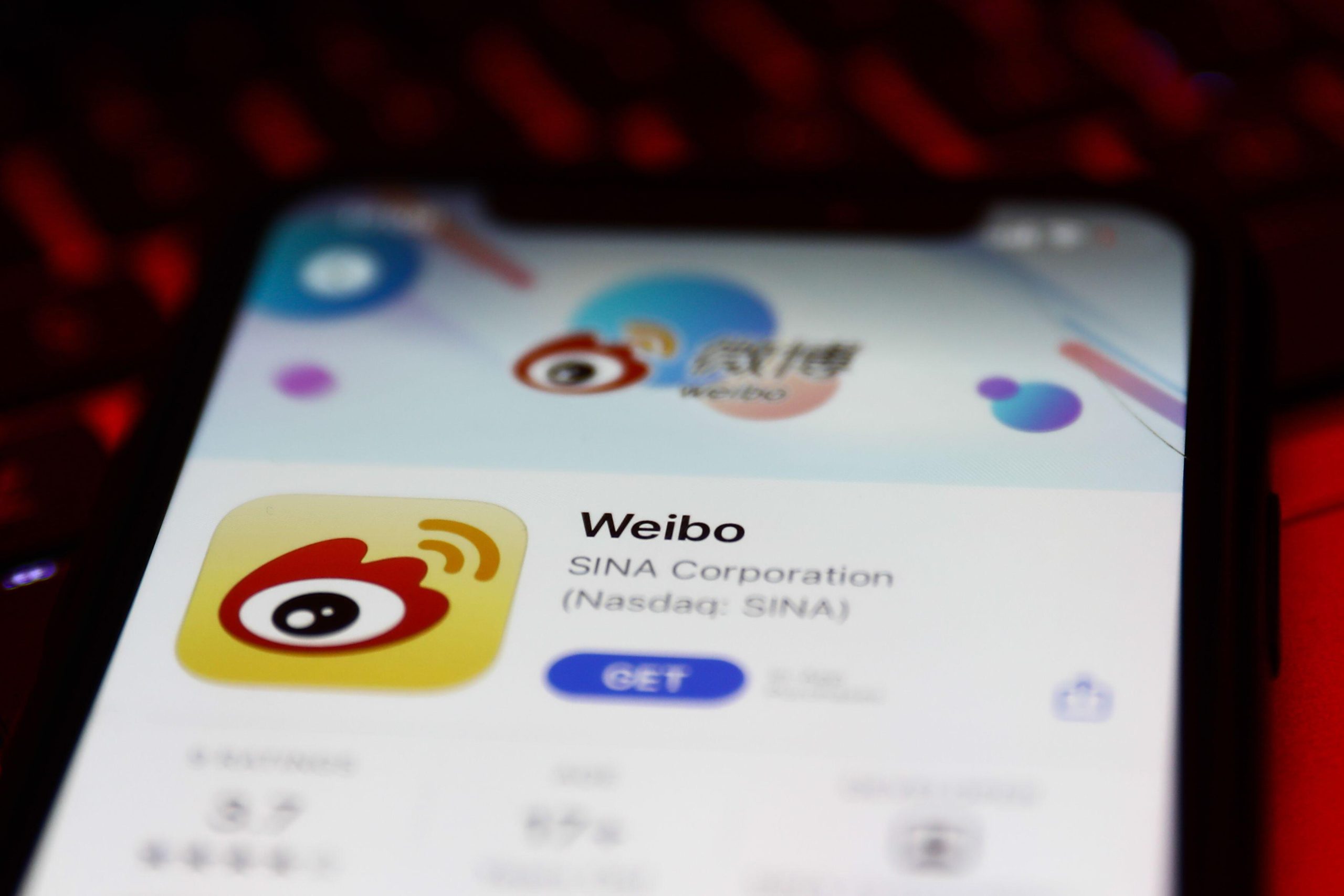In the weeks leading up to the election, young professionals lean on YouTube to gather varied and impartial news
Deniz starts his daily commute by opening the Youtube app to understand what’s happening in the country around him. Apart from a brief newsletter that provides the top headlines, the 25-year-old business analyst has taken to getting his news almost exclusively in video form. It’s easier to get the full story, Deniz, who preferred to use a pseudonym given the political climate, tells Index on Censorship. The young professional said that following journalists and information creators on YouTube he finds is the only way to get a “balanced view”.
Print journalism and social media presence has come under close watch after the government issued legislation last October that jails journalists and social media users for “spreading disinformation”. In the months since, one journalist, Mir Ali Kocer, was detained for his reporting on the February earthquake which struck southern Turkey and northern Syria.
Getting information in video format isn’t necessarily a new concept for Turks. In 2021, for example, Cuneyt Ozdemir, a Turkish journalist whose main platform is YouTube, aired interviews with major government officials before other mainstream media sites. But today more and more younger Turks are gravitating towards video-format news. The theory is it can present less bias as creators are separate from traditional news outlets.
Asli, a 23-year-old undergraduate student, said she is an avid Ozdemir watcher, being one of his 1.48M subscribers. She also watches Nevşin Mengü, an independent journalist who attracts 150 thousand people to her YouTube news hour every day. She hears about topics on TikTok, often featuring shorter video content than YouTube, and then turns to YouTube for a longer, more informative video essay.
Asli and Deniz’ video news habits are becoming common for young Turkish media consumers, who are growing tired of a media scene which, according to an independent newspaper BirGün, is 90% in line with the government, Popular broadcast CNN Turk and newspaper Hürriyet, for example, are owned by Turkish conglomerate Demirören Holdings, the largest media group, and are known for their pro-government line. The two often avoid government criticism altogether and publish President Recep Tayyip Erdogan’s speeches in full. In broadcast videos with Erdogan, programmes give the president full rein, avoiding questions altogether and giving him the time slot to just speak.
In this environment it’s no surprise younger people are turning to alternative sources. According to MOM, or the Media Ownership Monitor Turkey, YouTube is the second most popular social media site in Turkey after Facebook. And according to DataReportal, there are 57.9M active YouTube users.
Damla, who is a recent graduate, told Index that she approaches traditional media with deep suspicion.
“There’s no in between,” the bachelor of economics student said. “The foreign media paints Turkey only in a developing light; the Turkish media says it’s their [western media’s] fault.” Damla said that while she reads Turkish media, anything that more directly questions the government, by Turkish speakers, tends to be in video format, something she thinks may be due to it being harder to monitor the video content versus traditional, written news, which can be more easily pruned and filtered.
Video platforms also feel like a “safer place” of sorts. Following the passage of the “disinformation” bill, many people, Deniz included, have questioned whether to favourite certain tweets and think twice before sharing on Instagram. While Deniz worries about actively sharing thoughts on platforms attached to his name, he said he felt safer commenting on YouTube where one wasn’t pressured to have a profile photo or build an online presence but could just be a viewer.
Where and how Turkish citizens are consuming their news matters as the 2023 presidential elections approach this May, heralded by many as the most important in the world this year.
Voters will head to the polls on 14 May, with Erdogan facing some of the greatest challenges he has seen in years. Polls are predicting a record voter turnout, as Erdogan faces his main opposition candidate Kemal Kilicdaroglu, the leader of the Republican People’s Party (CHP) and presidential nominee for the six-party Nation Alliance bloc.
In an environment of fury over the earthquake, a serious economic crisis and the continued erosion of civil liberties, Kılıçdaroğlu is popular. He leads Erdogan in some polls. He is using the video platforms too. He has attracted wide viewership to his videos (many of which are on Alevis, a religious minority group, and the drastic price rise of onions). Erdogan’s AK Party has also taken to YouTube production over the past few months, creating specific videos for over 60 cities, but has significantly lower followership than other channels. The AK Party and Kılıçdaroğlu’s CHP both have TikTok accounts, though once again they were struggling to achieve the hits that the non-partisan commentators in Turkey are getting.
None of this makes YouTube or TikTok immune from the government. They could ban access, as they did with Twitter in the earthquake aftermath.
Still, for now YouTube is proving invaluable as the elections approach.
“Days before casting my vote, I want access to all the information: governmental and what the government may deem misinformation,” Damla said.





